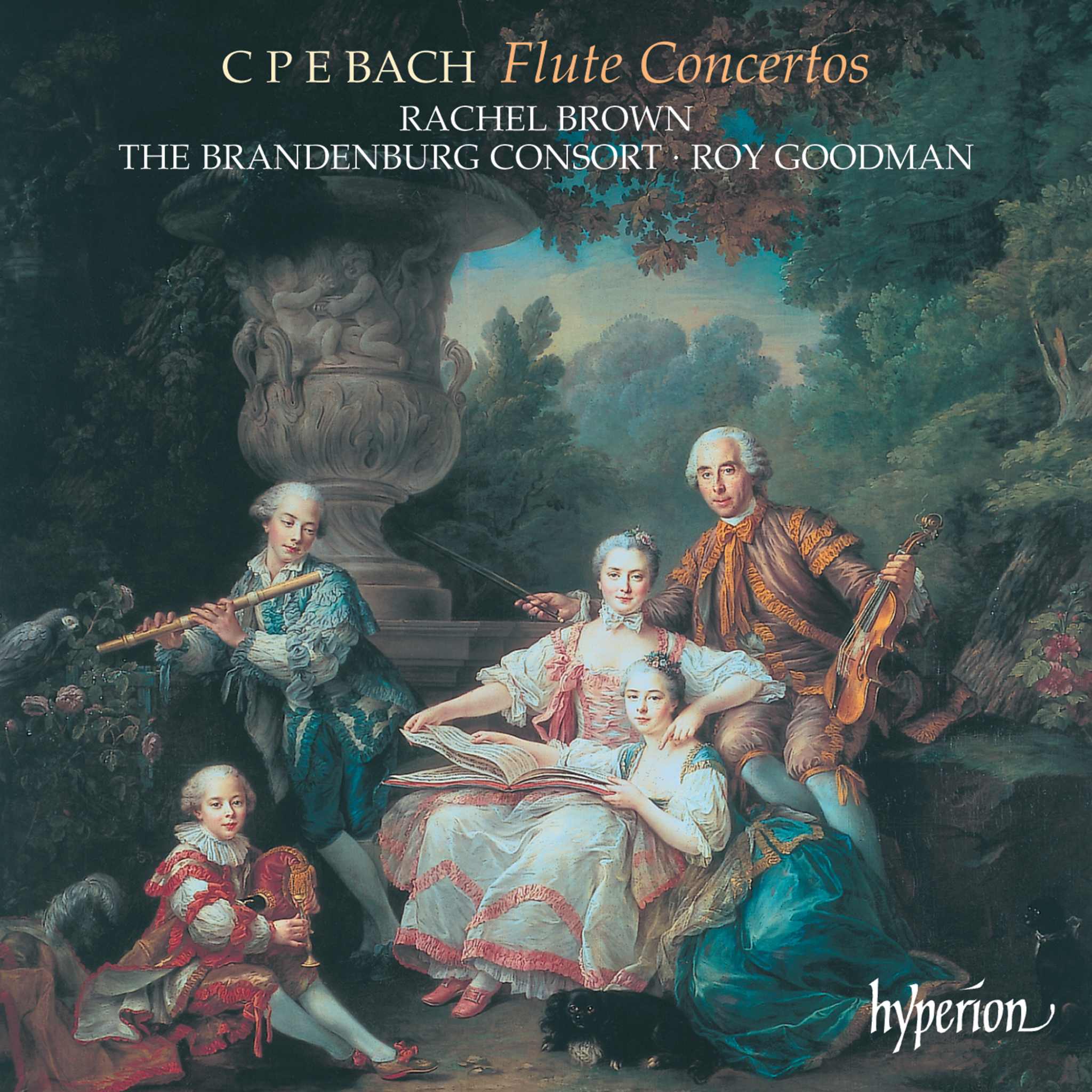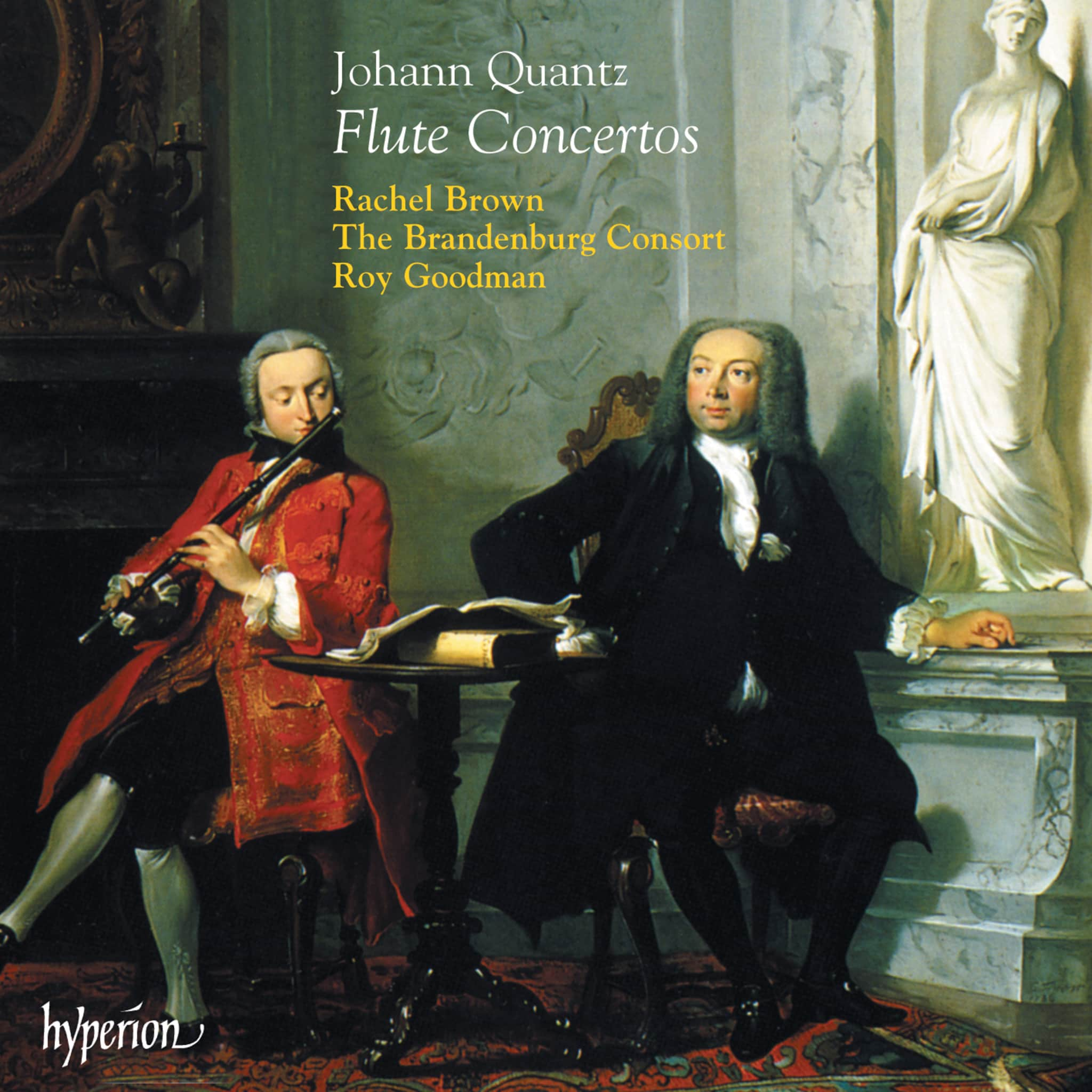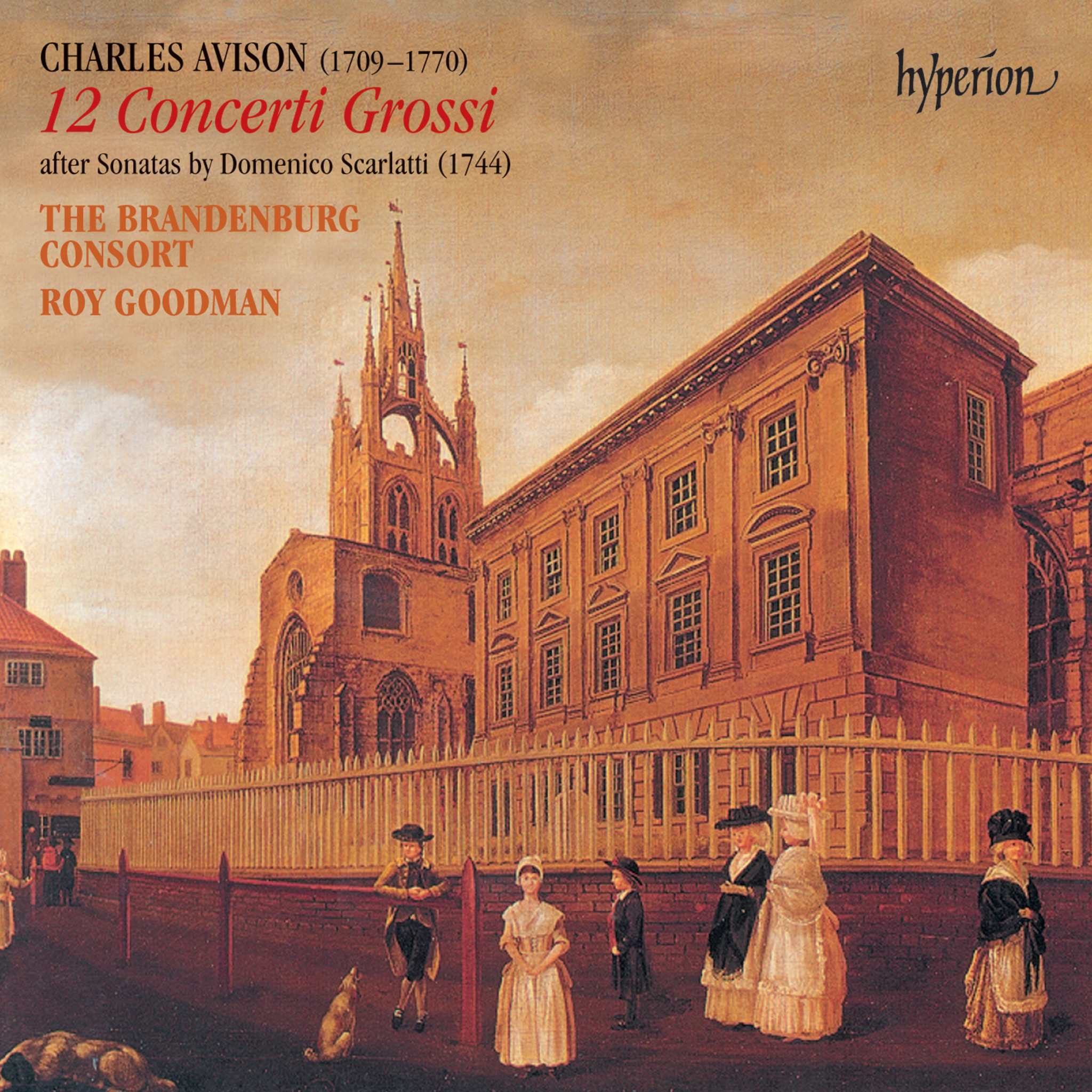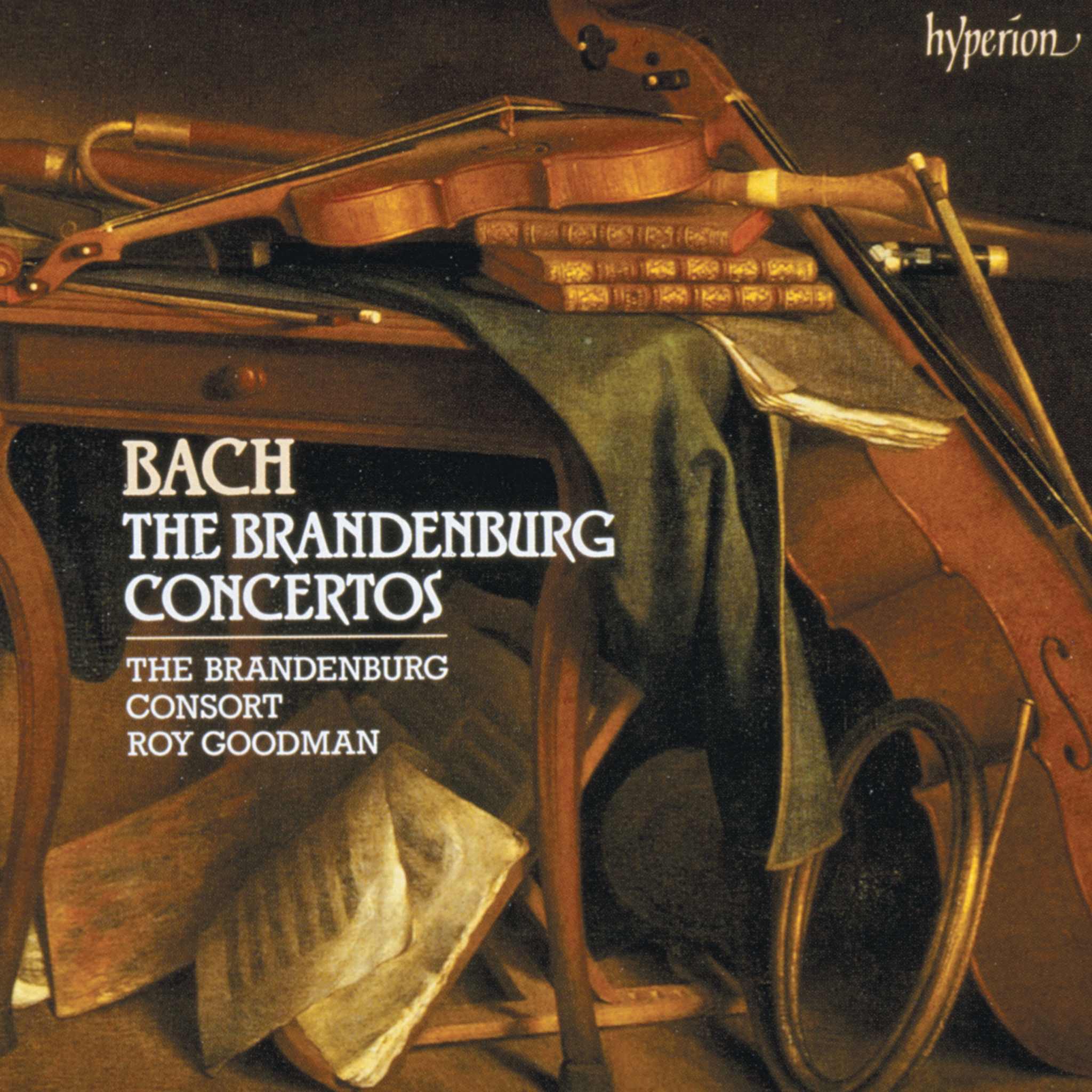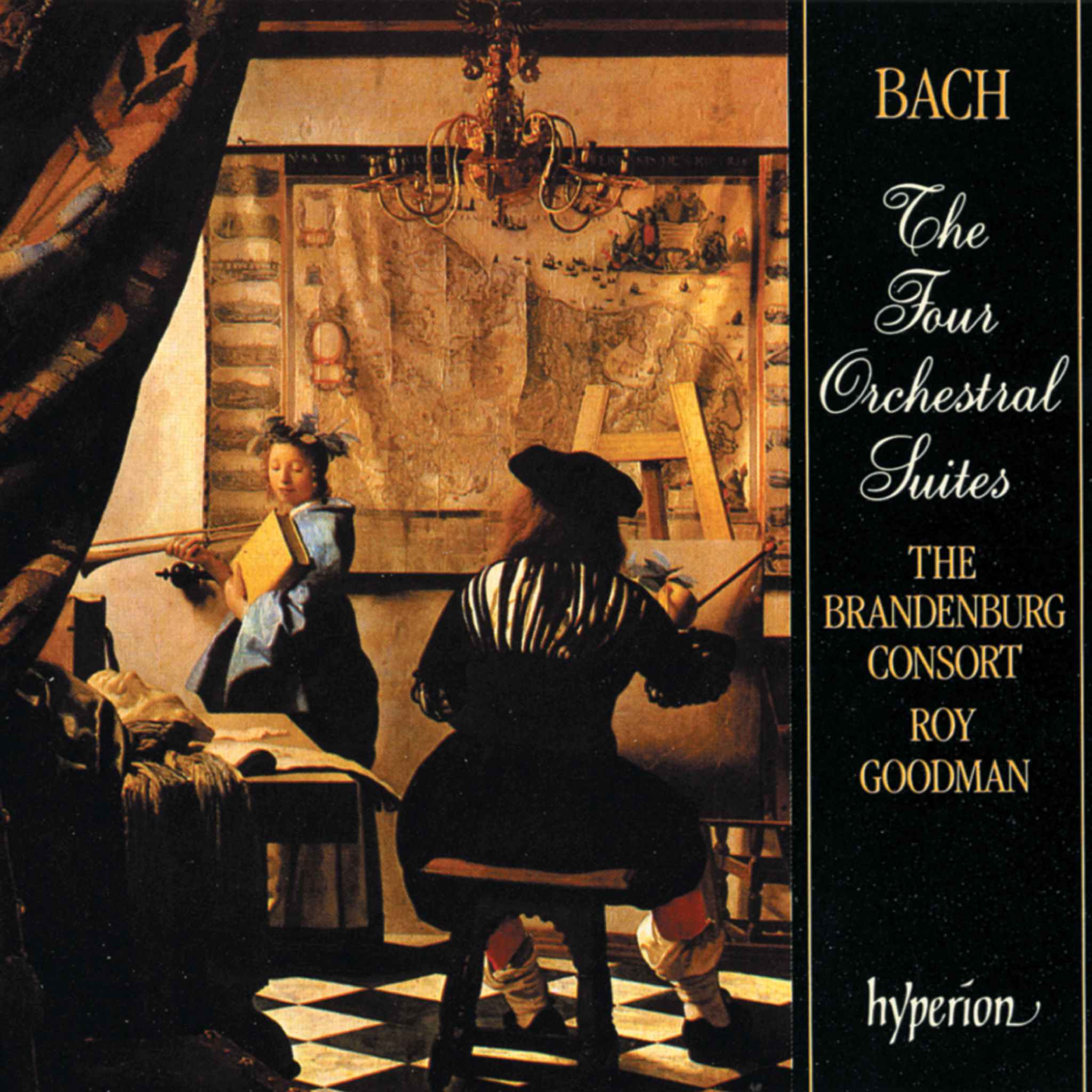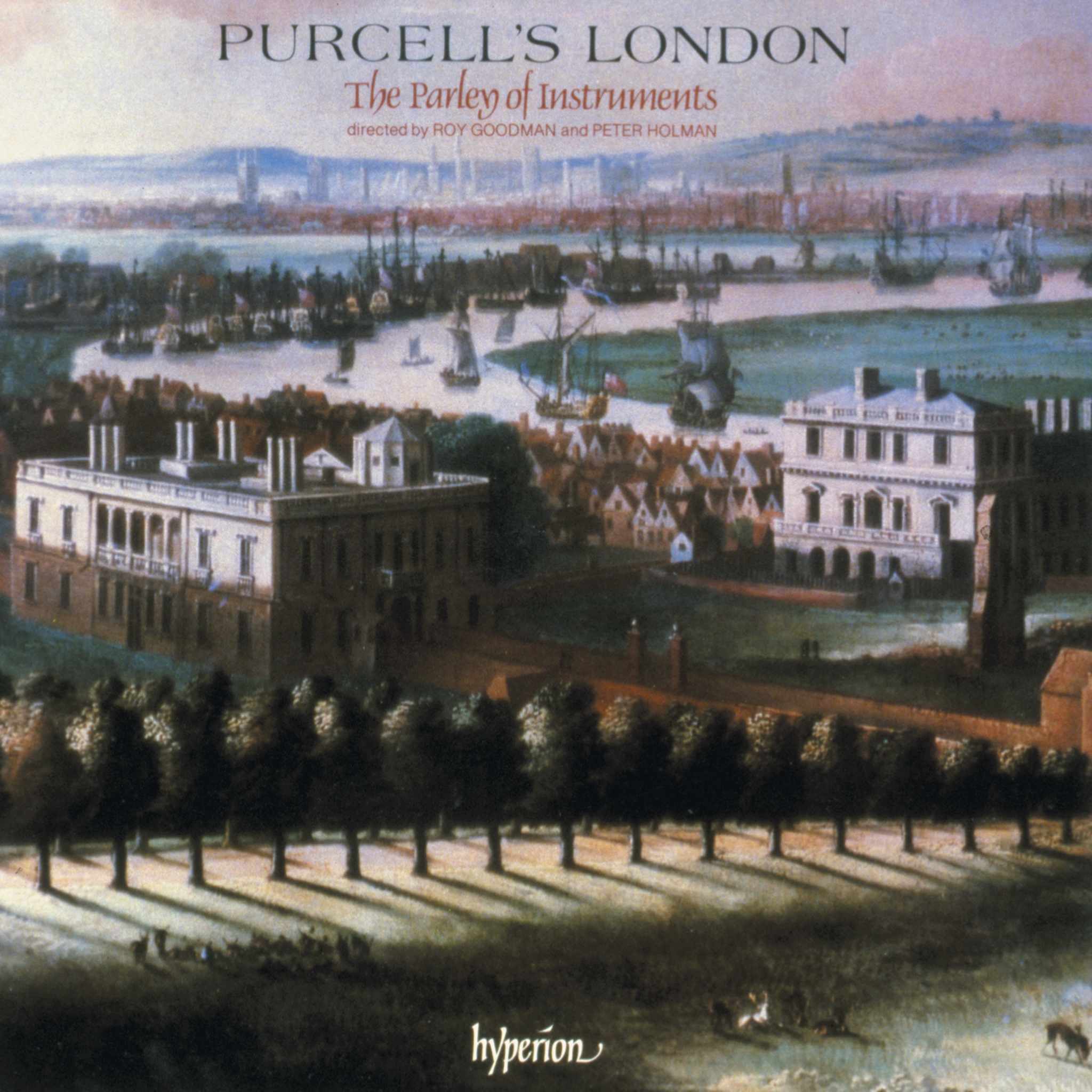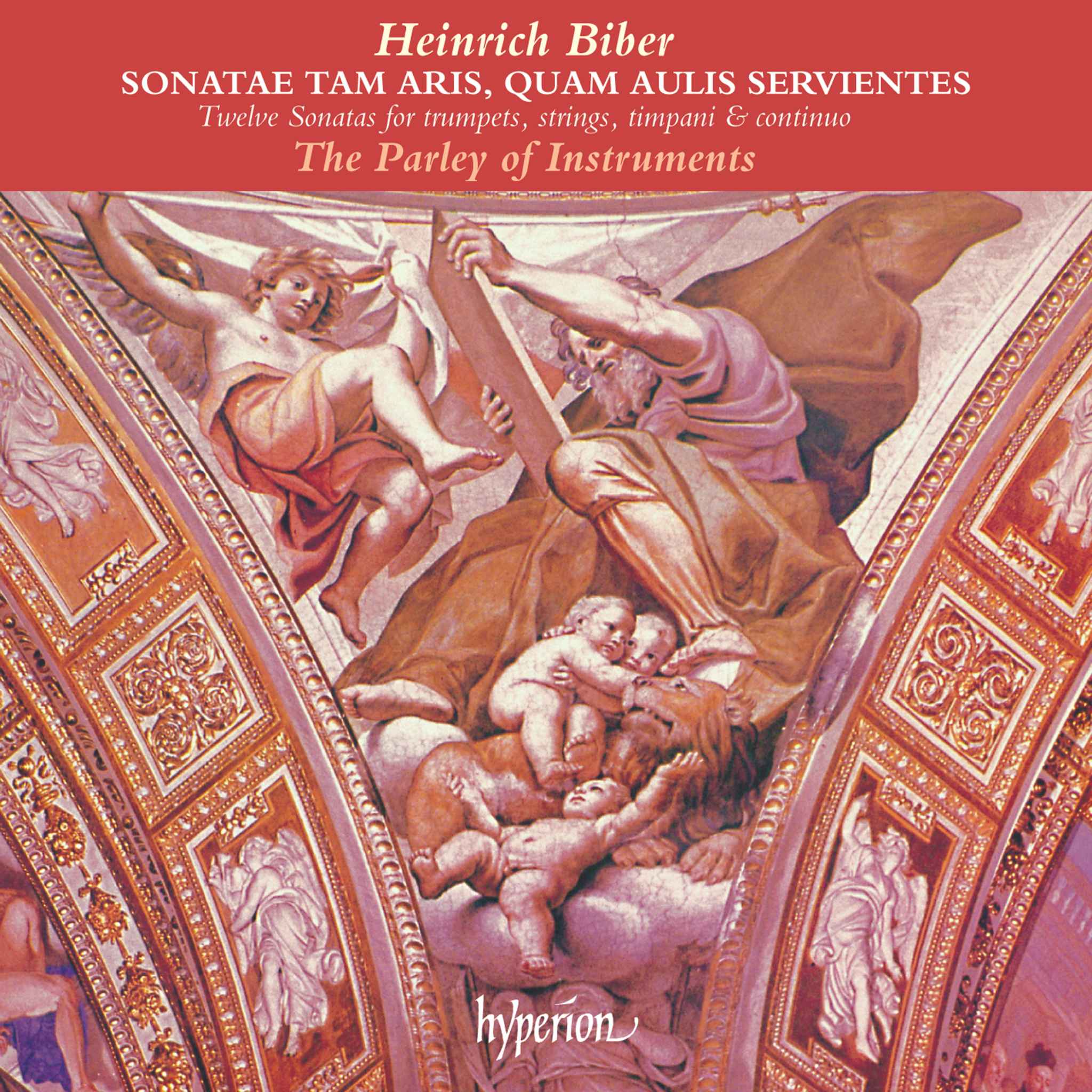Album insights
The cultural center in Hong Kong seems to be a suitable venue for this unique collection of Fireworks Music for Organ, especially on the eve of the 1997 handover of power. The organ, created by Austrian organ builder Rieger, is perfectly fitting for a program with a distinct focus on the Austrian-Hungarian Empire, a significant European power until the beginning of this century. Additionally, the program occasionally nods to the former British Empire.
Edwin Lemare When Johnny comes marching home
At the peak of his career, English organist Edwin Lemare enjoyed unparalleled popularity and fame, playing regularly for audiences of up to 10,000 in America. Despite his demanding concert schedule, he found time to compose a substantial body of work, including 200 transcriptions and joyful pieces published as 'The Encore Series' between 1920 and 1924. Christopher Herrick opens his program with Lemare's version of the well-known American Civil War melody.
Edward Elgar Imperial March Opus 32 (arranged by George C Martin)
The Imperial March was composed in 1896 for Queen Victoria's Diamond Jubilee at the suggestion of Elgar's publisher Novello. Elgar considered dedicating the piece to the Queen but the idea was not realized. The composition's majestic expression steers clear of excessive pomp, reflecting Elgar's unique style. Sir George Martin arranged the piece for a military band and the 'Great Paul' bell, premiered on the steps of St. Paul's Cathedral.
John Knowles Paine Concert Variations on the Austrian Hymn Opus 3 No. 1
Written during his studies in Berlin in 1860, John Knowles Paine's variations demonstrate classical influences, drawing comparisons to Bach's works. The variations reveal Paine's depth of musical knowledge and creative exploration, showcasing his skillful composition techniques.
Franz Liszt Prelude and Fugue on B-A-C-H S260 (1855 version)
Originally intended for the inauguration of the new organ at Merseburg Cathedral, Liszt's Prelude and Fugue undergo extensive revisions, showcasing his commitment to musical innovation. The original version, with its distinctive structure and sharp contrasts, provides a refreshing alternative to the revised 1870 version.
Petr Eben Moto Ostinato from Sunday Music
Petr Eben's Sunday Music, composed in 1958, delves into the human spirit's struggles, possibly echoing the composer's experiences during World War II. The composition's tonal and rhythmic complexities underline Eben's innovative approach to organ music.
Max Reger Variation and Fugue on "Heil dir im Siegerkranz"
Reger's composition, inspired by the English national anthem, was initially proposed to commemorate Queen Victoria's passing. The theme's melody and harmonies, characterized by chromaticism, demonstrate Reger's sophisticated compositional style.
Wolfgang Amadeus Mozart Fantasia in F minor and major KV594
Mozart's Fantasia, noted in his catalog during the 1790s, showcases his expressive complexity despite his initial dissatisfaction with the composition. The piece, often misjudged, holds tremendous historical significance reflecting Mozart's evolving compositional style.
Hector Berlioz Hungarian March 'Rákóczi' from La Damnation de Faust (arranged by W. T. Best)
W. T. Best's adaptation of Berlioz's Hungarian March, originally composed by János Bihari, exemplifies the organist's ability to captivate audiences with impressive transcriptions.
Maurice Duruflé Prelude and Fugue on the name Alain Opus 7
Duruflé's Tombeau, written in memory of Jehan Alain, showcases the composer's intricate harmonies and masterful use of chromaticism in a fervent tribute to a talented French composer.
Enrico Bossi Symphonic Etude Opus 78
Bossi's Symphonic Etude, a testament to his virtuosity and technical brilliance, exemplifies his ability to innovate within the realm of organ compositions.
L. J. A. Lefébure-Wély Sortie in B
Lefébure-Wély's Sortie, a vibrant and energetic piece, highlights the composer's improvisational skills and innovation in crafting memorable organ works.

